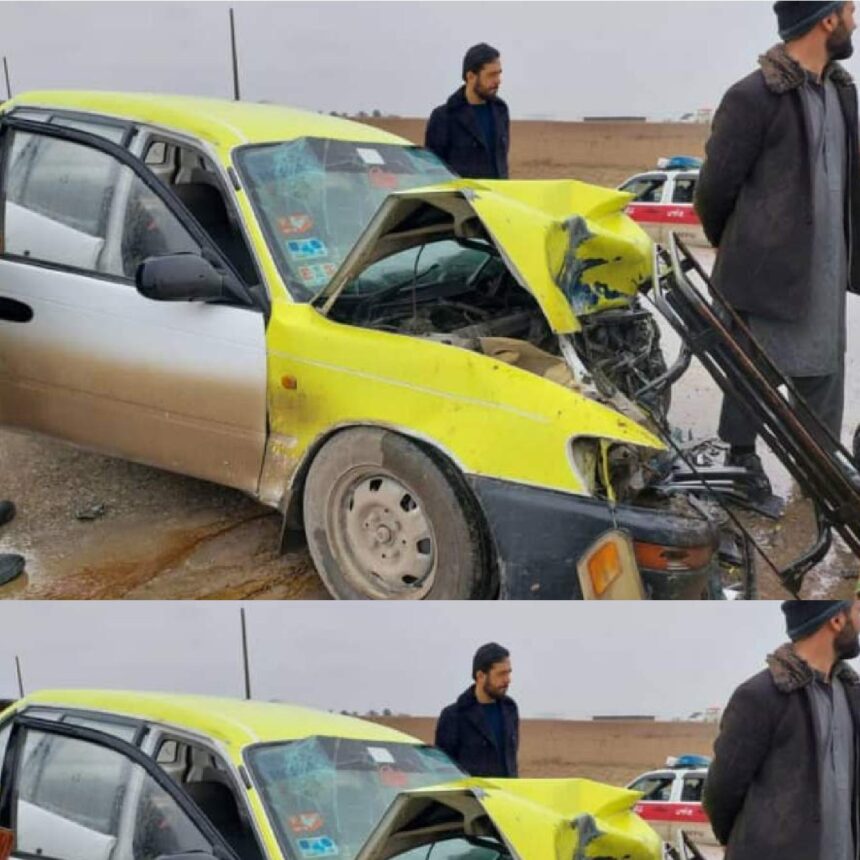RASC News Agency: At least eight people have been killed and eight others injured in two separate road accidents in Jowzjan and Samangan provinces, according to statements issued by Taliban-controlled police commands in northern Afghanistan. The incidents, which occurred along two of the country’s busiest northern highways, underscore the alarming scale of Afghanistan’s traffic crisis one made deadlier by decades of infrastructural neglect and the absence of credible governance. In Jowzjan, a passenger vehicle known locally as a Saracha overturned on the Balkh–Jowzjan highway in Aqcha district. Taliban officials confirmed that eight people, including two women, died at the scene, while four others sustained injuries. The bodies of the victims were later transported to Balkh province for identification and burial.
A second incident was reported in Hazrat Sultan district of Samangan province, where a Corolla car veered off the road and flipped over. Four passengers were injured, all of them residents of Aibak, the provincial capital. They are currently receiving medical treatment in a local hospital, according to Taliban police spokesperson Qari Heshmatullah Rahmani. Traffic accidents have long been among the deadliest and most preventable causes of civilian deaths in Afghanistan. Major routes, particularly in the country’s northern and central regions, witness dozens of accidents every day many of them fatal. In fact, casualty figures from traffic incidents often exceed those from armed clashes, reflecting the magnitude of a crisis that has gone largely unaddressed.
Analysts and relief organizations point to multiple factors: dilapidated roads that have not been repaired in decades, the lack of even basic traffic signage, widespread use of aging and unsafe vehicles, and reckless driving practices. Yet what makes this crisis most lethal, residents argue, is the absence of any meaningful state intervention. Under Taliban rule, the situation has only worsened: promises of reform are hollow, oversight is nonexistent, and the regime has neither the resources nor the political will to enforce safety standards. Highways such as Kabul–Kandahar and Kabul–Balkh–Jowzjan remain among the deadliest in the country. Excessive speeding, dangerous overtaking, and the routine disregard of traffic laws transform everyday journeys into scenes of carnage. For families traveling these routes, what should be a routine trip to visit relatives or transport goods too often becomes a funeral procession.
Local voices increasingly view these tragedies not as accidents alone but as symptoms of a broader governance collapse. “Roads are supposed to connect us to life, but here they take lives every day,” one Jowzjan resident told media. “The Taliban only issue statements after people die. They do nothing to prevent it.” The road fatalities in Jowzjan and Samangan are not isolated misfortunes they are part of a relentless cycle of bloodshed on Afghanistan’s highways. Each new crash deepens public anger at a regime that has failed to provide even the most basic safeguards for its citizens, reducing mobility in Afghanistan to a gamble with death.





